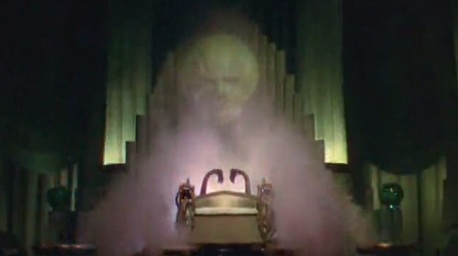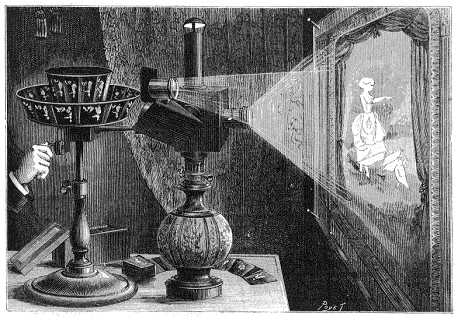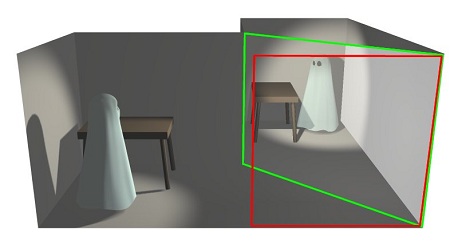This is the latest in a series of limited perspective movie reviews. These reviews, inspired by a Letterman bit, look at only one narrow aspect of a movie, related to software engineering or software business.
SPOILER ALERT: These reviews assume you have seen the movie.
Here’s Inception, Twilight: Eclipse, Twilight: Breaking Dawn, Star Trek, and Alien.
Before I wrote this review, I researched the novels of Frank L. Baum, and I was surprised to learn that he came up with the idea of augmented reality in his book, The Master Key. Following that thread, I found another AR reference in his writing—this time in The Wizard of Oz. It turns out that in the book, when Dorothy enters Emerald City, she is given glasses that only make it look like the city is made of emerald. Unfortunately, Oz is a faithful prequel to the movie, not the book, so its Emerald City is actually made of emerald too, which sucks because in my head, I was already photoshopping Google Glasses onto a picture of James Franco.
Instead, I’ll concentrate on the one big use of advanced technology, the wizard’s “ghostly head” effect. If you remember the Wizard of Oz, we first see the wizard as a ghostly head appearing in smoke.
Later, this is revealed to a projection from a complex machine operated by a man behind a curtain.
In Oz, we get a little insight into this machine. It’s implied that it was inspired by the Projection Praxinoscope.
He combined the idea with Phantasmagoria, which is the projection onto smoke.
The thing is, in both of these technologies, you need to put the image on a transparent slide to shine light through. In the wizard’s case, he was able to project his live head (not a series of still images). I see no reference to this technique anywhere, but it’s a plot point that he’s being helped by The Master Tinkerer (who, in the novels, created the Tin Man), so we can assume that he could invent something.
The only thing I can think of is using a one-way mirror somehow. When I researched that, I found Pepper’s ghost:
In this case, you are looking through a view-port (red rectangle) at an angled one-way mirror (green rectangle). The left area is out of view, and shows up in the mirror when it is lit. You make the ghost appear and disappear by raising and dimming the light in the off-stage area as compared to the area through the mirror.
So, it’s not a projection, but I could imagine a master tinkerer and Oz (who is himself a master in prestidigitation), could figure out some way to combine these technologies (all available in the late 1800’s) to a new live smoke projection effect.
What I can’t imagine is how the older wizard is able to upgrade this to show the green, bald head instead of his own.



